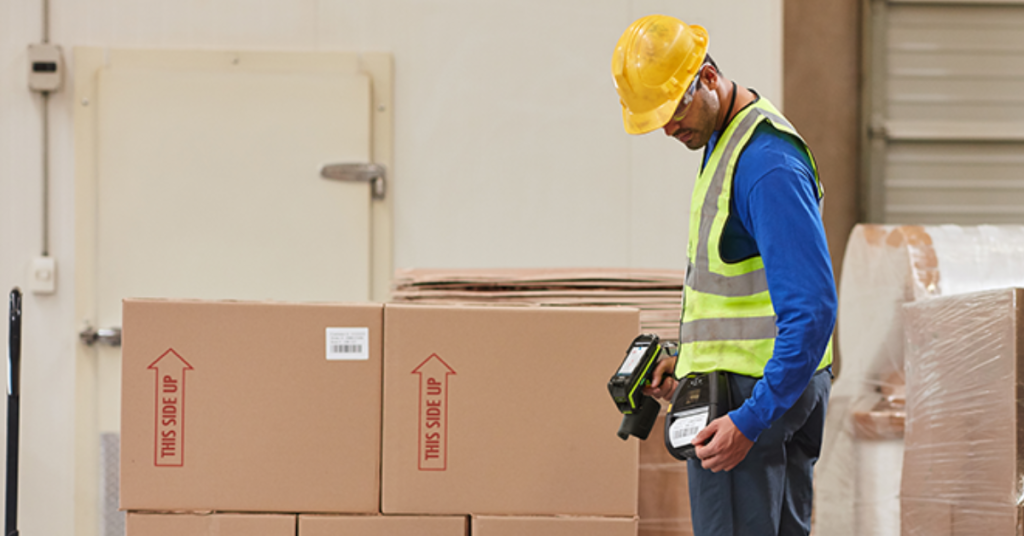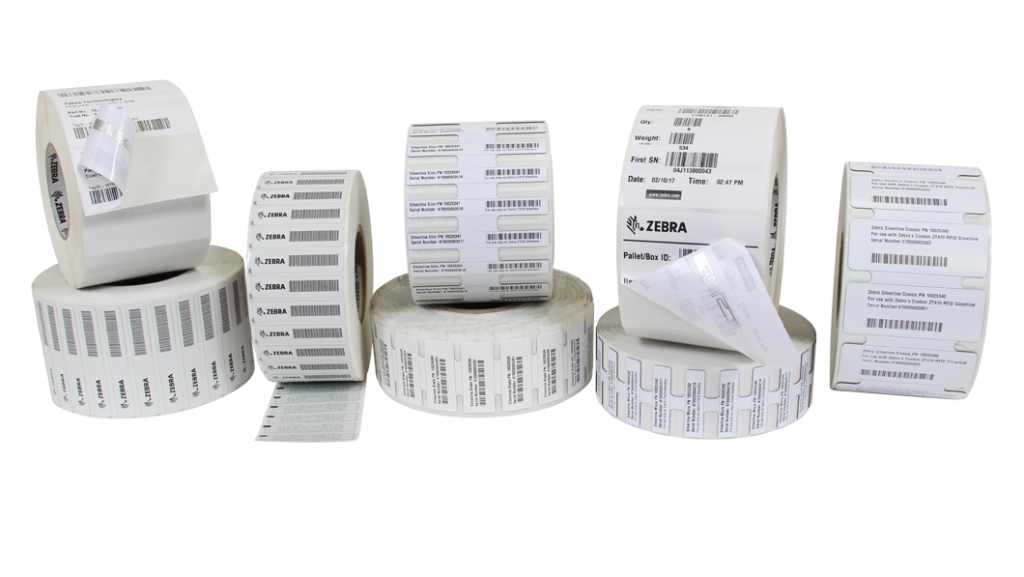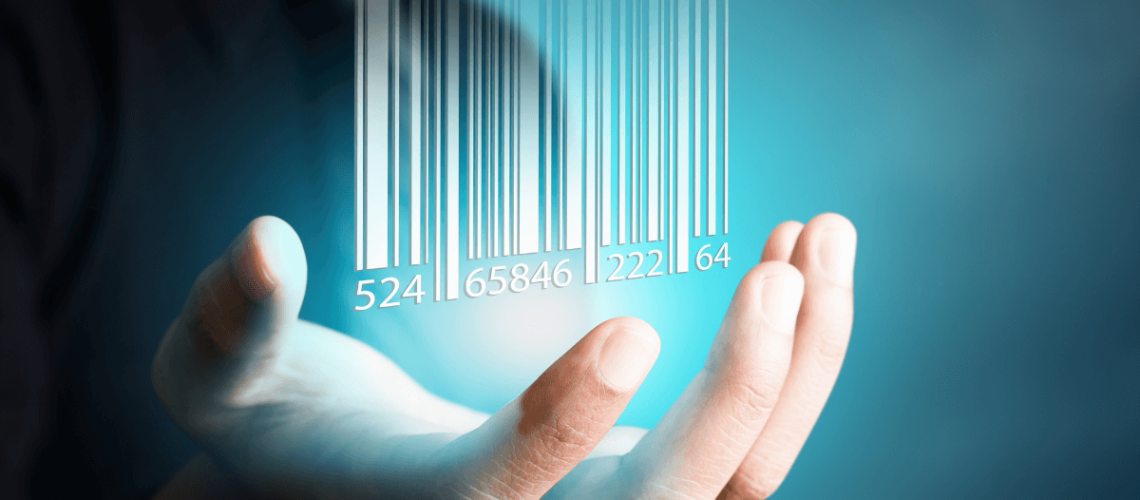Barcodes and RFID technology are two essential tools in efficient inventory management. It is important to view these technologies as complementary partners and to use them appropriately to optimize the inventory management process.
These two technologies not only streamline logistics and storage operations but also pave the way for innovations in various fields, such as healthcare or agriculture.
Barcodes are the precursors to automating product identification and inventory management. These sequences of lines may seem like mere patterns, but they are, in fact, the key to quickly accessing essential information about products, locations, and quantities. From retail stores to logistics warehouses, barcodes enable precise monitoring of each item and reduce human errors in the inventory process.
Radio Frequency Identification (RFID) technology has introduced a new paradigm in data management and object tracking. Unlike barcodes, RFID utilizes radio waves to transmit information between a transmitter and a receiver, allowing for real-time identification and tracking of objects without the need for direct visibility.

The complementary use of barcodes and RFID technology can bring significant benefits in efficiently managing and tracking goods and data. Here are some ways these two technologies can be integrated to optimize processes:
Dual identification
A common approach is to use barcodes for bulk identification and RFID technology for individual identification. Barcodes can be used to scan and identify a batch of products, while RFID tags can provide detailed information about each individual product when read individually.

Real-time inventory tracking
By integrating RFID technology into the inventory tracking process, a system can be created that allows for the quick and accurate identification of each item in real-time. This reduces the time required for inventorying and helps to prevent losses or errors in inventory management.
Supply chain optimization
Barcodes are ideal for identifying and monitoring goods in batches during transportation, while RFID technology provides detailed information about each product or package individually.

Product security and authentication
The use of both technologies can contribute to ensuring the authenticity and security of products. Barcodes can provide general information about the product, and RFID technology can provide specific details about the product’s history or its exact location in the distribution chain.
Asset management
For companies managing assets in various locations, this combination can be essential. Barcodes can help with the general identification of assets, and RFID technology can provide precise details about each asset, such as its exact location or status.

Zebra experts emphasize that we cannot underestimate the ongoing importance of barcodes. There are many applications and opportunities where the additional cost of RFID technology cannot be justified, especially for low-value items. Due to their simplicity and low cost, barcodes are a practical and efficient option for various products and packaging.
Looking to the future, we are likely to see a concurrent use of barcodes and RFID tags alongside other emerging technologies. The choice between these technologies will depend on the specific needs of the business and the characteristics of the tracked products. Some applications will benefit more from the advantages offered by RFID, while others will continue to use barcodes due to their low cost and adaptability.

In the process of automating tracking and locating capabilities, it is important not to exclude any technology without thoroughly evaluating the specific needs of the business. Seeking specialized consultation is essential to identify the optimal mix of technologies suitable for meeting the specific requirements of the business and maximizing the benefits of automation.




